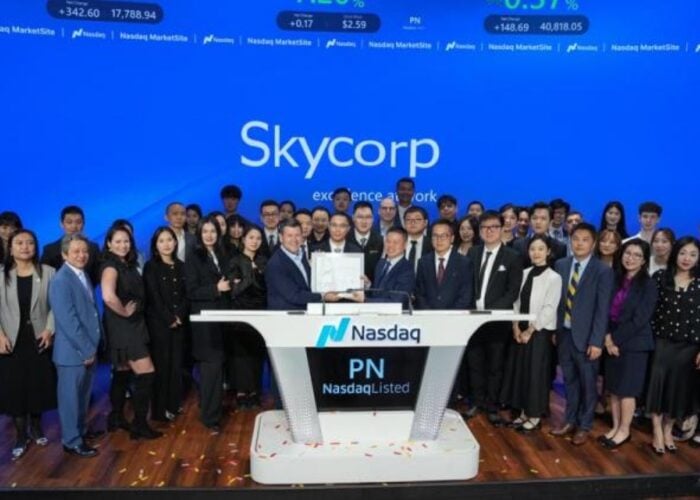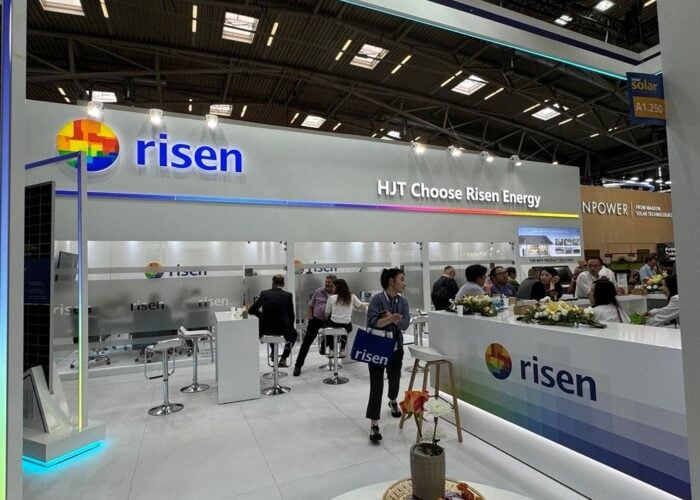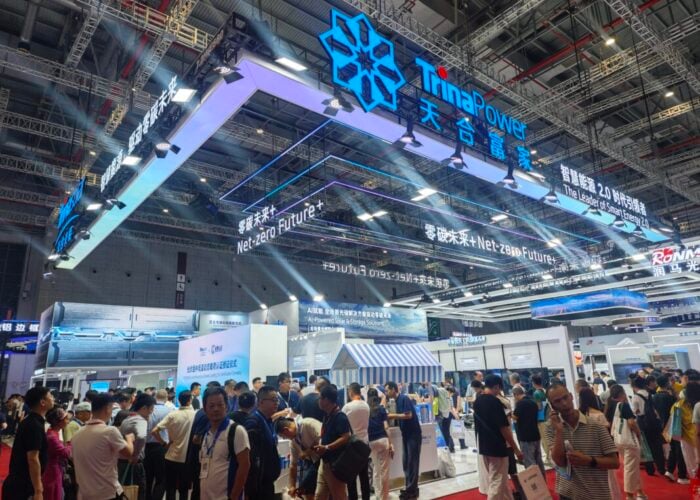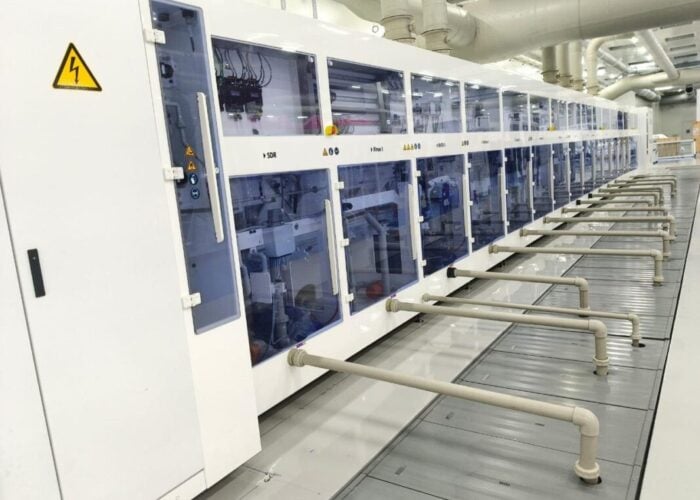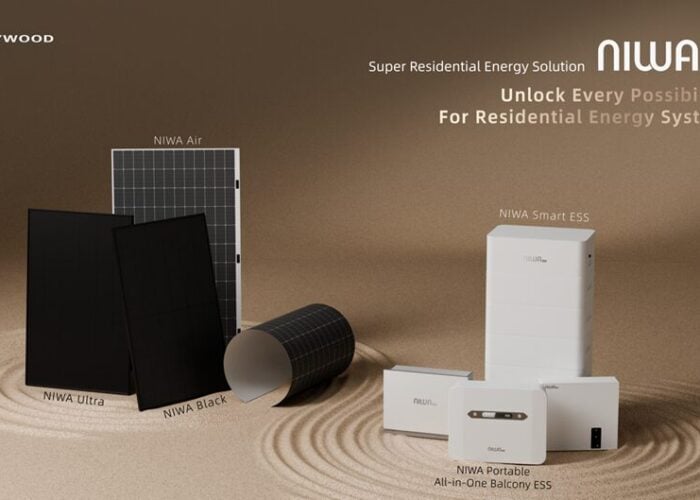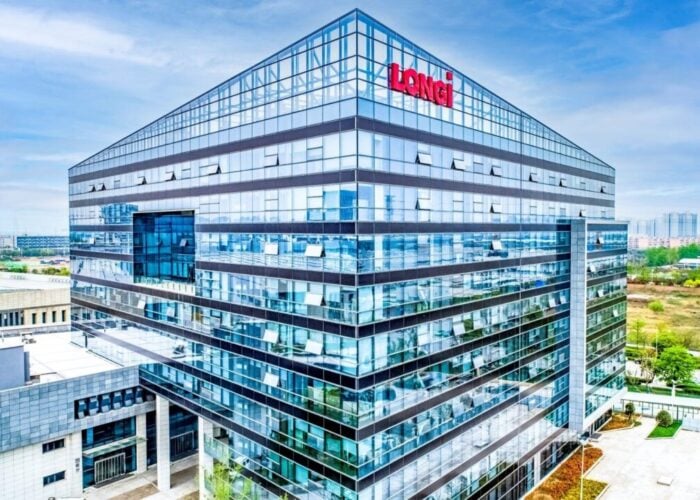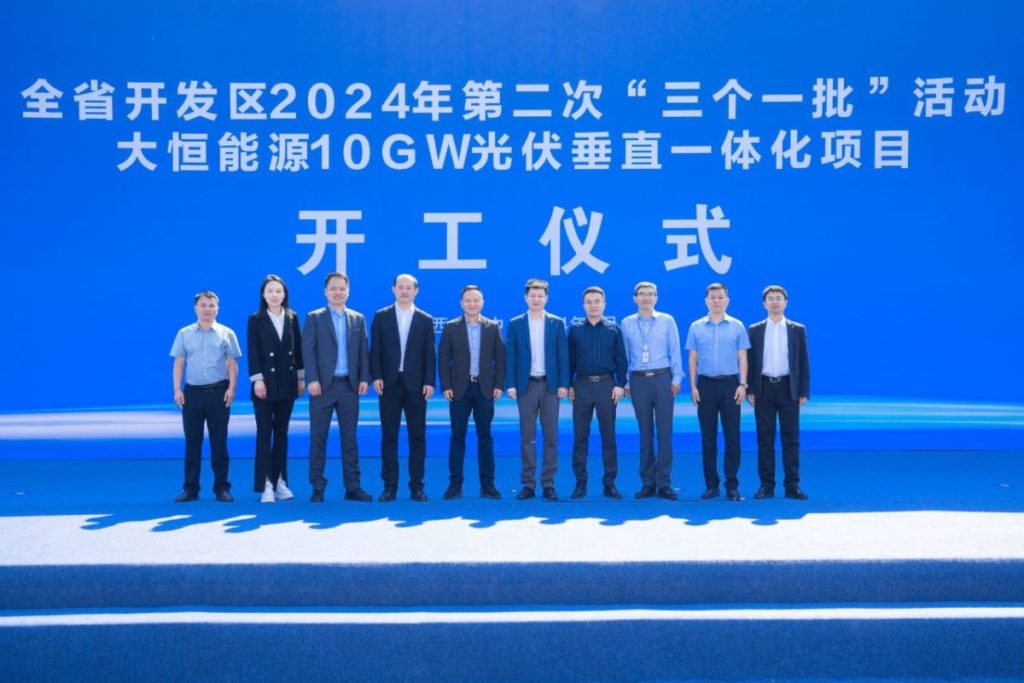
Chinese solar manufacturer DAH Solar has started construction of a 10GW vertically integrated solar plant in China.
Located in the northeastern province of Shanxi, the plant will have an annual nameplate capacity of 10GW of n-type wafers, solar cells and modules. The project will cover an area of nearly 174 hectares, with an investment of RMB5 billion (US$693 million). Last July, the company revealed the selection of the site in Jinzhong, Shanxi.
Unlock unlimited access for 12 whole months of distinctive global analysis
Photovoltaics International is now included.
- Regular insight and analysis of the industry’s biggest developments
- In-depth interviews with the industry’s leading figures
- Unlimited digital access to the PV Tech Power journal catalogue
- Unlimited digital access to the Photovoltaics International journal catalogue
- Access to more than 1,000 technical papers
- Discounts on Solar Media’s portfolio of events, in-person and virtual
A spokesperson at DAH Solar told PV Tech that the technology used at the Shanxi plant would be tunnel oxide passivated contact (TOPCon), while the operational date is targeted for the end of the year.
This is the latest solar PV manufacturing plant for the company which already has four with a cumulative annual nameplate capacity of 5.5GW for solar cells and 10GW of TOPCon modules as of 2024.
Earlier this year the company achieved a 26.5% mass production efficiency of its TOPCon solar cells.
DAH Solar is the latest manufacturing company to start construction of a vertically integrated solar manufacturing plant. Earlier this week, US-based solar manufacturer SEG Solar signed a land utilisation agreement in the Batang Regency, Indonesia to build a 5GW vertically integrated solar manufacturing plant. Built in several phases, the first one is expected to be completed in the second quarter of 2025 with an annual nameplate capacity of 5GW for solar cells and 3GW for modules.
Updated on 17 May 2024 to add the technology used (TOPCon) and the operational date of the plant (end of the year).

